It’s impossible to forget about the ocean when you’re in the Maldives. The island nation boasts water so fabulously clear you can spot rainbow-coloured parrotfish, blacktip sharks and eagle rays just off its powdery white shores. The ocean has so many shades of blue, that even Farrow and Ball would struggle to name this tropical palette. The Maldives is pure bliss.
The country has just shy of 300 km2 of dry land, yet it’s scattered across 90,000 km2 of the Indian Ocean – it’s the ultimate island getaway. Made up of 26 atolls, the ocean is the lifeblood of this remote country, it helps feed the population, it employs half its workforce, and the archipelago attracts over a million tourists each year.
But the ocean is both a blessing and a curse. The Maldives is the lowest lying country in the world, and rising sea levels caused by global warming are a threat – it’s predicted the country could go underwater in a generation.
SUSTAINABILITY AND MASS TOURISM
Back in 2008, the Maldivian government sought to purchase land to relocate the country, but efforts are now focused on coastal protection, a scheme predicted to cost around $8.8 billion (full funding still hasn’t been secured). Sustainability is a growing focus, but mass tourism makes things complex.
The isolated location means most visitors arrive by plane, each journey contributing to carbon emissions. Waste management is also an issue, and the very nature of building resorts on remote islands can be problematic for local communities and marine life. However, tourism is the largest industry in the Maldives amounting to around 28% of its annual GDP – a reduction in visitor numbers would have a catastrophic impact on its economy.
It’s crucial then, that we try and reduce our impact. From staying at resorts which hero sustainability, to participating in activities which help protect rather than disturb the sensitive ecosystem. Here’s your guide to treading lightly in this effortlessly beautiful, yet increasingly vulnerable country.
WHERE TO STAY
Resorts aren’t immune to climate issues, and coastal erosion is a constant reminder (expect to see sandbags and tide barriers protecting shorelines across the country). Many resorts are aiming to be more sustainable by eliminating plastic, installing solar panels and employing marine biologists to help protect the surrounding reef. Here are three of the best resorts where luxury and sustainability go hand in hand.
Park Hyatt Hadahaa, Gaafu Alifu Atoll
The Park Hyatt Hadahaa oozes grown-up tropical sophistication. With just 50 villas – their interiors an elegant mix of light-stone and dark-wood – the resort boasts intimacy and style in equal measures. The 36 land villas are nestled within a tangle of jungle greenery, with floor-to-ceiling windows which open onto private wooden decks, plunge pools and the ocean just a few steps away. The 14 overwater villas are similarly chic and are an excellent choice if you want direct access to the house reef – book villa 51 for the best sunset views.
Located in the isolated Gaafu Alifu Atoll, the Park Hyatt Hadahaa is one of the most southerly resorts in the Maldives, and at just 55 km from the equator, the sun here is as strong as it gets (pack the factor 50 if you burn easily). Protecting the relatively untouched atoll is an integral part of the resort’s ethos. Environmental initiatives like desalinating drinking water on-site (helping to save over 100,000 plastic bottles each year) and using bio-degradable coffee capsules have helped the resort gain gold certification from both Green Globe and EarthCheck.
The resort supports local communities in the atoll and 60% of staff are from nearby islands. Local food is also a focus and we particularly enjoyed the sweet Maldivian treats which appeared in our room each evening after dinner. Friday’s sweet treat was a Coconut Treacle Cake (made with boiled coconut flower juice syrup) and Saturday’s was a Sour Plantain Pudding – the fruit traditionally harvested by a Dhanuveriya (Maldivian farmer).
Hurawalhi Island Resort, Lhaviyani Atoll
Life takes on a slower pace at Hurawalhi – flick off your shoes, grab your favourite book, and settle in for laid-back luxury. The resort has 90 villas, including 60 Ocean Villas which all have private sundecks (some with pools) and direct access to the water (snorkelling equipment is provided for all guests). Romantic Ocean Villa’s have the best view of the sunset and outdoor bathtubs for bubbly dips alfresco. If lounging on flour-soft sand is more your vibe then book one of the Beach Villas, they all have infinity pools and are more secluded than the Ocean Villas.
Sustainable efforts include installing solar panels which help to power the resort, and a heat recovery system which saves 804kg of emissions each day. Energy usage is closely monitored, with LED lights and line-drying laundry helping to reduce consumption. The island is working towards being ‘plastic-free’ – in-room toiletries are supplied in refillable glass bottles and complimentary items like toothbrushes and razors are all made from bamboo.
Wood is the material of choice across the island, allowing for natural weathering which helps the buildings blend into their palm-fringed surroundings. At the ocean villa jetty, the comforting scent of sun-baked timber lingers in the air like a tropical sauna.
The resort has four restaurants: Canneli (buffet style), Kashibo (Asian flavours), 5.8 Undersea Restaurant (the world’s largest all-glass underwater restaurant), and Junk Food Kitchen (don’t miss the Ahi Tuna Salad). The all-inclusive plan is recommended and includes a selection of excellent wines, including a fruity Marlborough Sauvignon Blanc, which paired exceptionally well with afternoons spent on our private sundeck.
Your Island Host will make all reservations and can be reached via What’s App throughout your stay. Hurawalhi also has a handy app where you can view all your upcoming activities. Don’t miss the overwater spa where massages and fish spotting go hand in hand thanks to a glass floor in the treatment rooms.
Kudadoo Maldives Private Island, Lhaviyani Atoll
Anything. Anytime. Anywhere is the mantra at the ultra-luxe Kudadoo Maldives Private Island. With just 15 residences, each with a private butler and over 300 square meters of space, Kudadoo is one of the Maldives’ most exclusive resorts.
Ahead of arrival, you’ll receive a ‘Lifestyle Preference’ form where you’ll choose your activities, spa treatments, and even select your pillow, duvet and mattress type. A tailored itinerary will then be prepared for your stay, though it’s just a suggestion and can be adjusted as often as you like.
We filled our days with sunrise yoga, snorkelling, visits to the spa, and even enjoyed a cheese and wine tasting – our butler, Kaushar, was on hand to arrange everything. Activities are unlimited (including scuba diving and spa treatments) and you’ll rarely see another guest – the entire island feel like a private playground.
Dining can be enjoyed at the restaurant, on the beach, or in your residence next to your pool (our preference during our stay). There’s an impressive menu filled with wagyu beef, lobster and freshly made sushi, but the chef will endeavour to make whatever you want, whenever you want it. Champagne and fine wines (all with a Wine Spectator rating of 88 and above) are also included in room rates.
Lifestyle amenities (including the spa and restaurant) are housed in The Retreat, a stunning Japanese inspired building designed by architect Yuji Yamazaki. Sustainable luxury was the focus throughout the construction of the resort which opened in December 2018. Over 900 solar panels are built into The Retreat’s sloping roof, creating enough energy to power the entire island. All drinking water comes in glass bottles from Hurawalhi’s desalination plant, and food is supplied locally where possible to reduce emissions from food transportation.
WHAT TO DO
The Maldives might lack the intrigue of other exotic destinations, but a tried-and-tested formula of barefoot luxury, dreamy islands and plentiful excursions make up for it. Try these eco-friendly activities.
Go Snorkelling with a Marine Biologist
Snorkelling in the Maldives is a must – a pre-breakfast swim was a morning ritual during our visit. We spotted inquisitive clownfish, dog-faced pufferfish, and even a grumpy moray eel in the glassy shallows just outside our room. Park Hyatt Hadahaa’s house reef is particularly lively thanks to its secluded location – lookout for Ben the turtle who can often be found bobbing around fronds of coral near the beach. To better understand the Maldives’ diverse marine life, book a guided snorkelling trip with a marine biologist – most eco-focused resorts have a dedicated marine biologist who will be happy to chat all things oceanic.
Protect Manta Rays with the Manta Trust
On a blisteringly hot Friday morning, we set off in search of Mantas with Tiff, the resident marine biologist at Kudadoo and Hurawalhi. Employed by the Manta Trust, Tiff uses Manta snorkelling excursions to educate tourists about the threatened species and track the Manta population in the Lhaviyani Atoll – the spots on the Manta’s bellies are as unique as a fingerprint making them easier to identify.
There are thought to be between 5,000 and 6,000 Mantas in the Maldives but spotting them is never guaranteed. Tiff’s passion and knowledge for these friendly giants rubbed off on us, and even though we weren’t lucky enough to spot any Mantas on our excursion, we still departed with a newfound fondness for these enigmatic creatures.
Discover Scuba Diving
Scuba Diving is hugely popular in the Maldives thanks to its excellent visibility and lively reefs (though coral bleaching is an issue). North Malé Atoll, South Ari Atoll and Lhaviyani Atoll are all popular with divers, and different shark species, giant trevallies, manta rays and colourful reef fish can all be seen. Sinking into the depths of the ocean, the hubbub of the reef undisturbed in your presence, is a wonderful experience. To make your dive as green as possible, stay ‘trim’ so your fins don’t brush the coral.
Help Protect Sea Turtles
The turtle population is dwindling across the archipelago, and ghost nets, loss of nesting habitat, and ocean plastics have all contributed. Join a marine biologist on a Turtle Quest at Park Hyatt Hadahaa to help collect turtle data. On our trip, we saw a dozen turtles and were also joined by a pod of excitable Bottlenose dolphins who frolicked in the water around our boat.
EATING AND DRINKING EXPERIENCES
Almost all meals will be eaten at your resort, but destination dining and multiple restaurants ensure the cuisine stays varied. Some resorts grow produce to supplement deliveries and lower the environmental impact of importing goods – Hurawalhi even has a section of their lunchtime buffet dedicated to salad ingredients grown in their vegetable patch.
Candlelit Dinner on the Beach
As someone known to wince at overtly romantic gestures, I wasn’t sure what to expect from a candlelit beach dinner for two, but Kudadoo won me over. We arrived at sunset and sipped champagne as the sun slipped behind the horizon, it’s lingering glow casting a pastel hue across the ocean – an excellent start. As the only table on the beach, our waiter was on hand for anything we needed. He kept our glasses topped up – a drop of silky Rioja – and flitted across the sand to deliver plates of expertly prepared food. Our 6 Spanish inspired courses included Squid Ink Paella and Patatas Bravas. We ended the evening was a stroll along the shoreline, the water shimmering under the light of the moon, after all, it wouldn’t be the Maldives without a touch of romantic cliché.
Order a Floating Breakfast
Made popular by influencers posing with breakfast in their private pool – the floating breakfast is gaining momentum across the globe (the hashtag currently has 45k posts on Instagram). It’s a peculiar thing to sip your morning coffee and tuck into a breakfast platter whilst you’re submerged in water, but it’s worth ordering for several reasons. First, it’s a unique experience and impossible to replicate at home. Second, it will be the most colourful and well-presented breakfast spread you’ll ever eat. And finally, if you’ve got a private pool you want to make the most of it – going to the buffet just wastes valuable lounging time.
Eat at 5.8 Undersea Restaurant
Tucking into an exceptional 5-course lunch (or 7-course dinner) whilst surrounded by schools of fish is a truly unique experience. The food at 5.8 Undersea Restaurant is well thought out and exceptionally presented – think small plates, all bursting with flavour and complementing textures. Stand out dishes were the Tuna Tartare with wasabi sorbet and avocado purée, and Poached Lobster with truffle caviar. The barefoot restaurant is located at Hurawalhi Island Resort, but transfers can be arranged from nearby resorts in the Lhaviyani Atoll. If you visit 5.8 for dinner, pop across to Hurawalhi’s Champagne Pavilion for sunset drinks before your meal.
For further information on the Maldives, visit www.visitmaldives.com or follow them on Instagram @visitmaldives



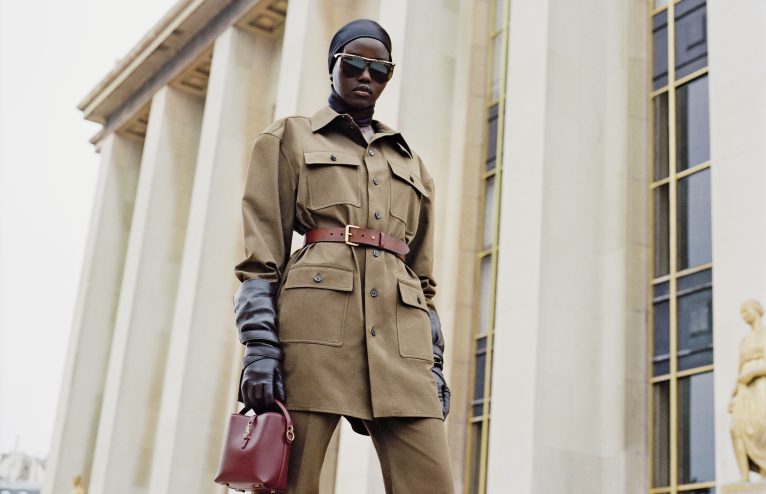
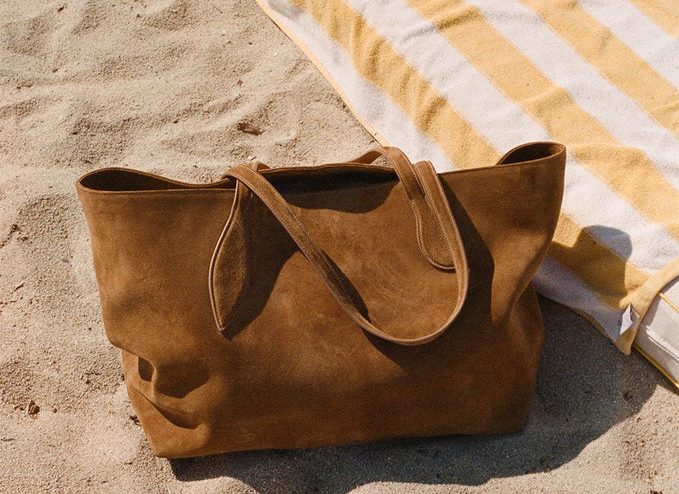

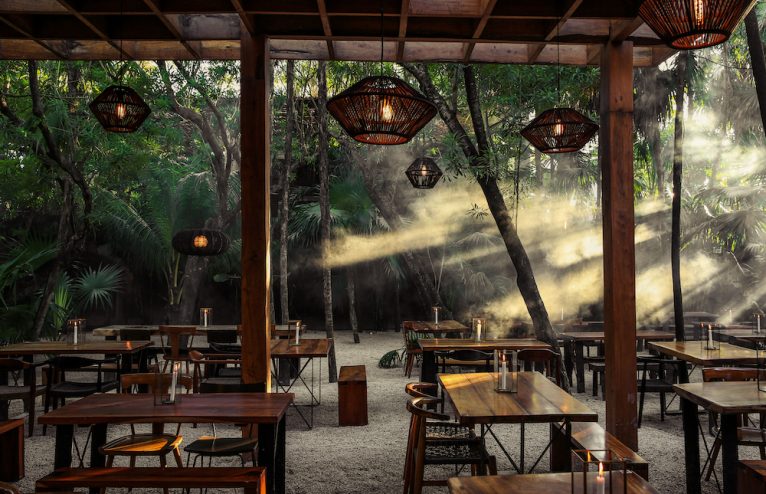
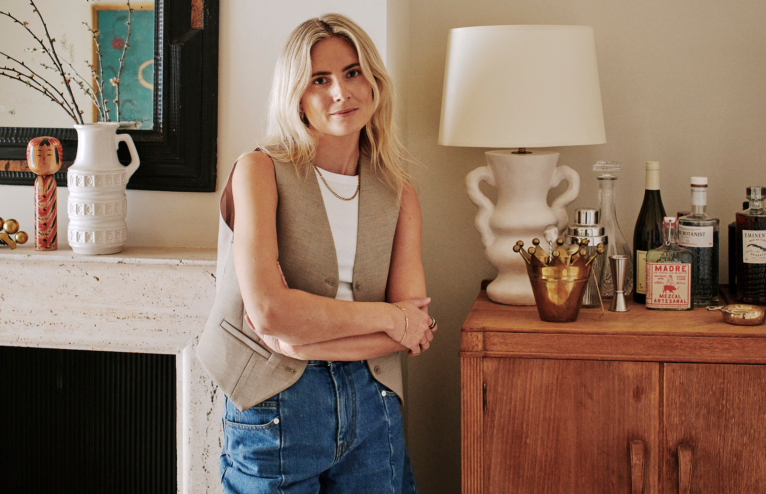

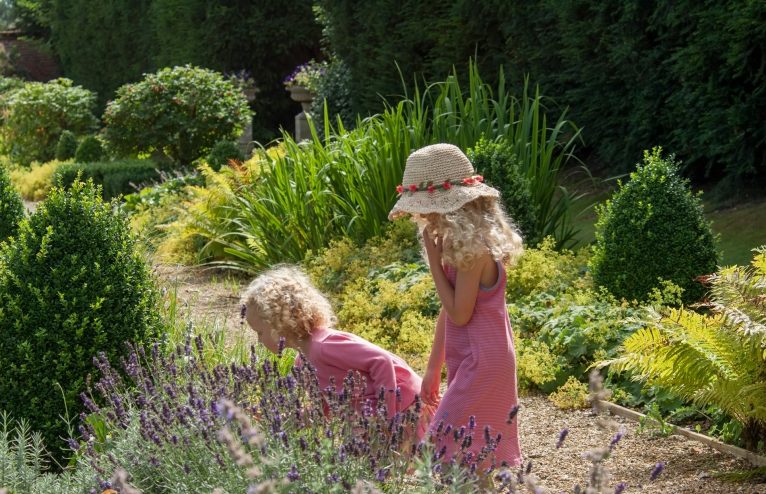





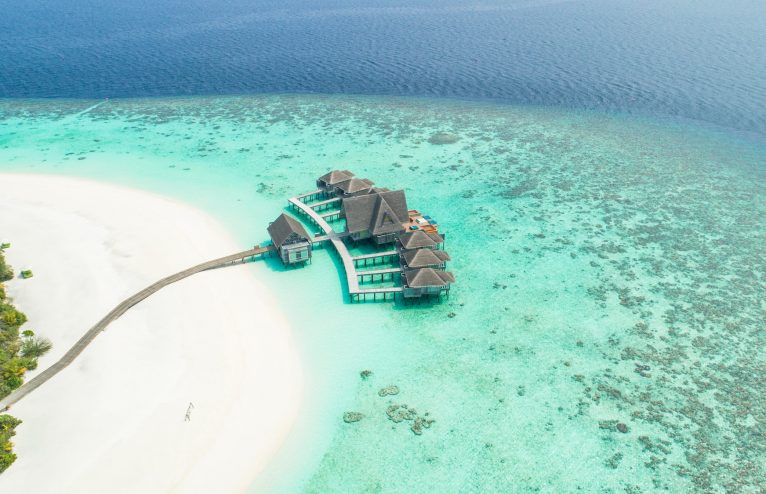
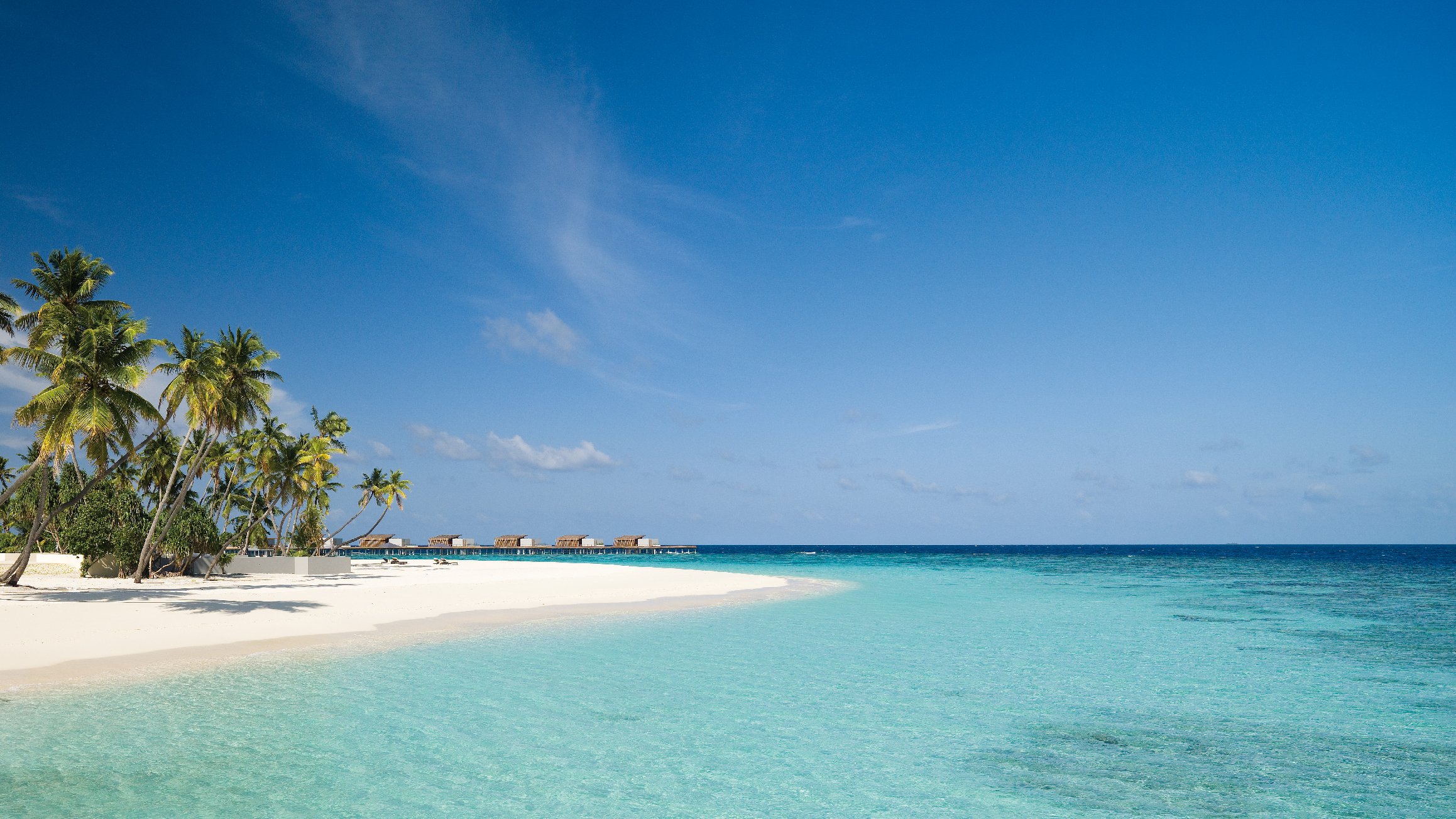
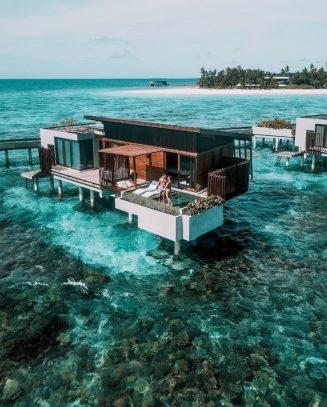
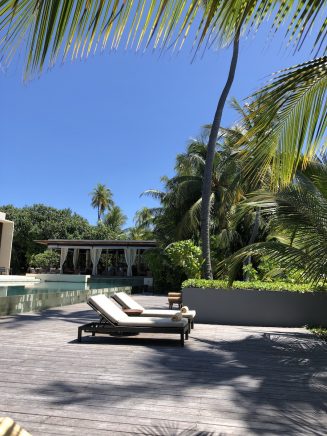

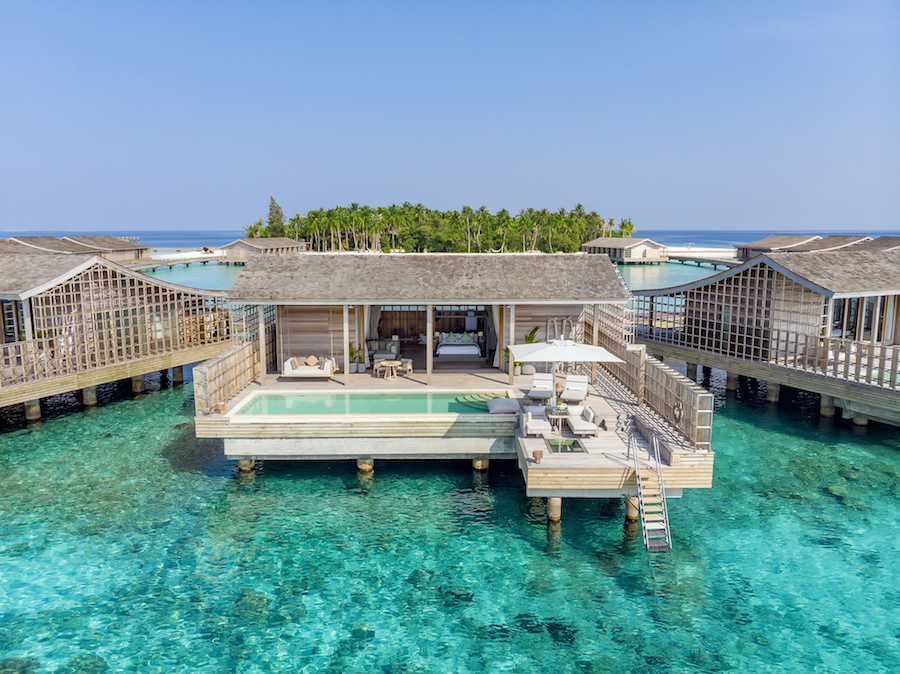
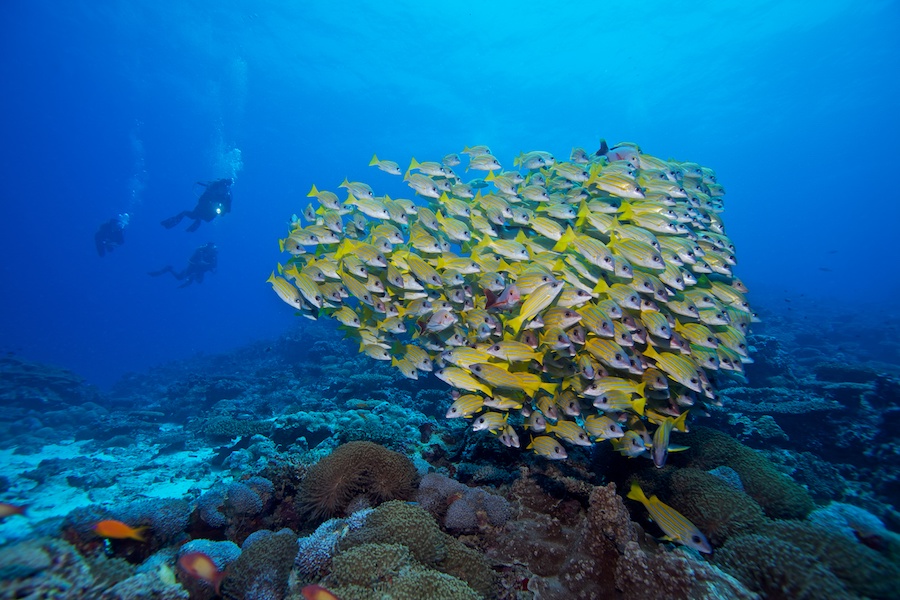
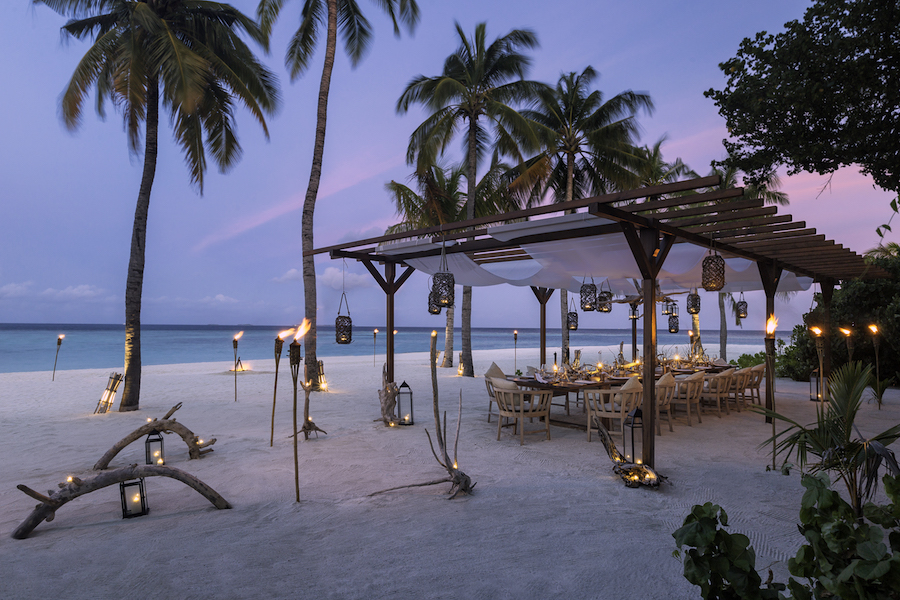

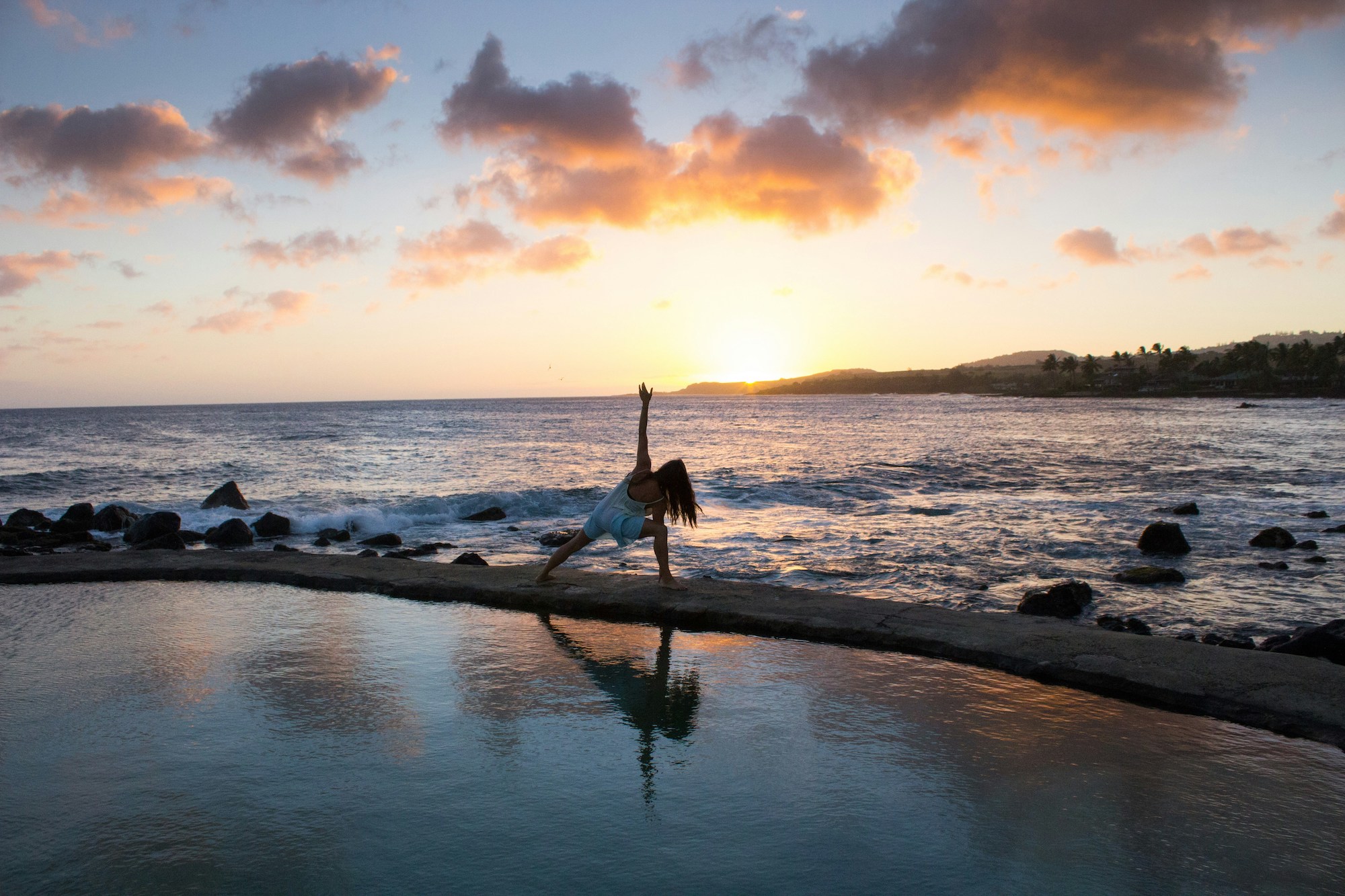
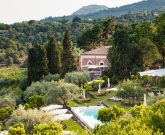


Any Questions or Tips to add?